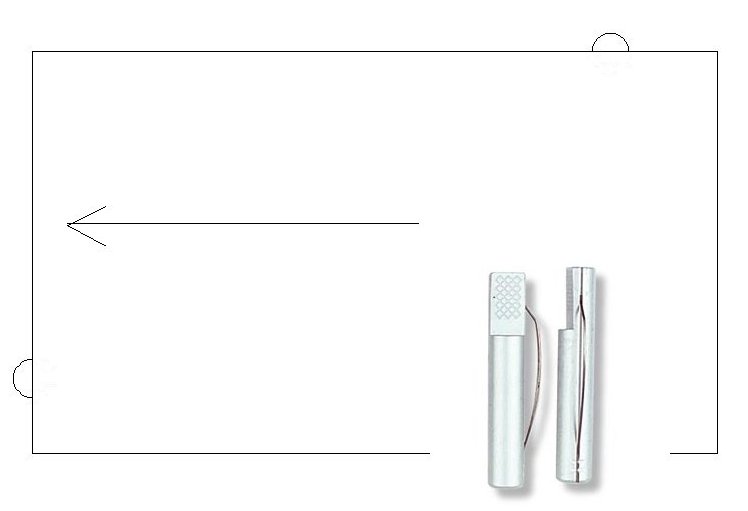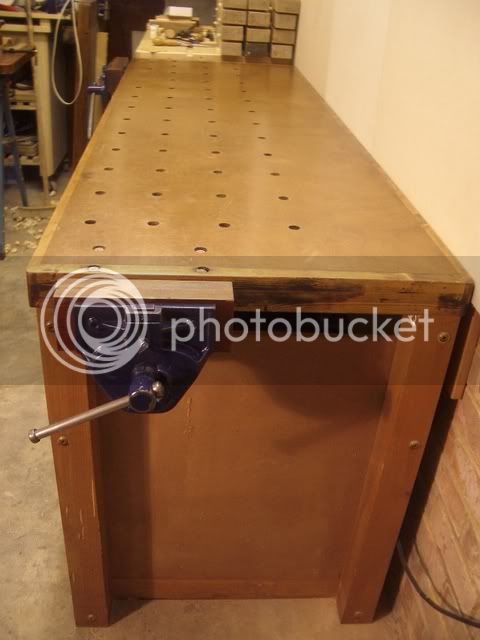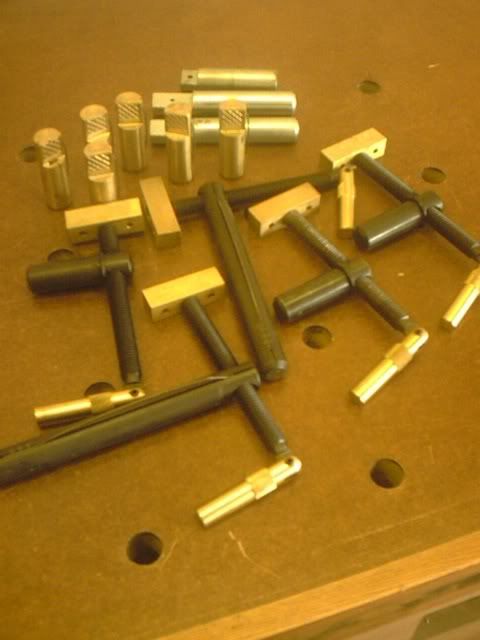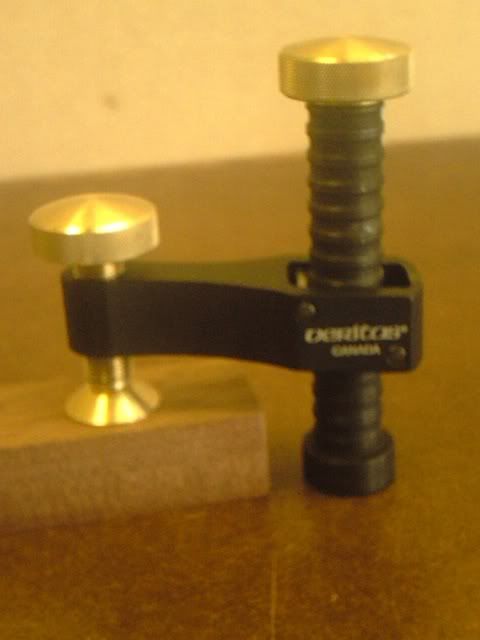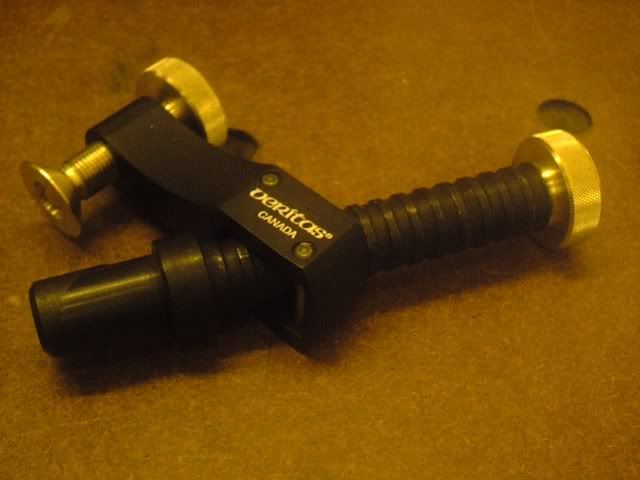AndrewC
Established Member
I'm a "dog virgin" 
Seriously, I've never used a bench with dogs before. Looking around, most benches seem to have a single line of holes for mounting dogs. It seems more sensible to me to have them in pairs but then I always over engineer things. I pity anyone who ever tries to take down any cupboard units I've fitted over the years
So one row or two ?
Round or square ?
If round, is 19mm dowel 95% as effective as a Wonder Dog ?
I'll be fitting them through about 50mm of beech.
Seriously, I've never used a bench with dogs before. Looking around, most benches seem to have a single line of holes for mounting dogs. It seems more sensible to me to have them in pairs but then I always over engineer things. I pity anyone who ever tries to take down any cupboard units I've fitted over the years
So one row or two ?
Round or square ?
If round, is 19mm dowel 95% as effective as a Wonder Dog ?
I'll be fitting them through about 50mm of beech.





